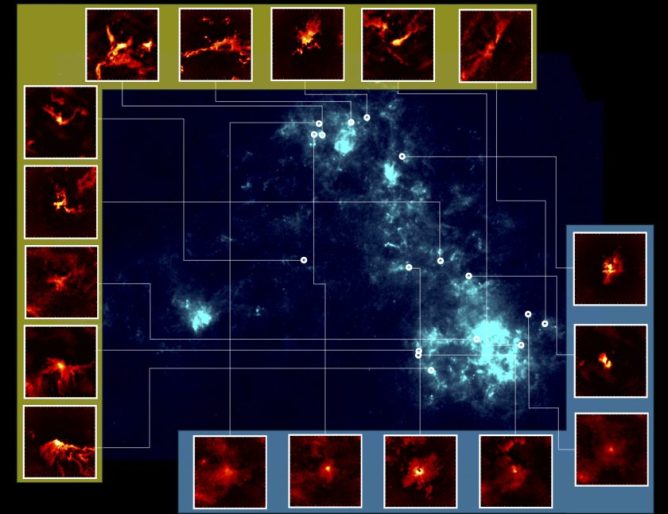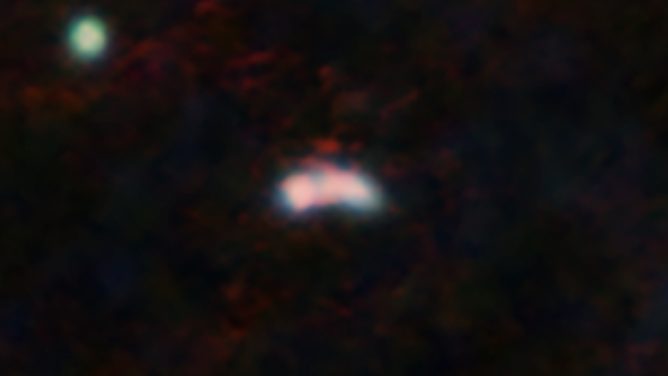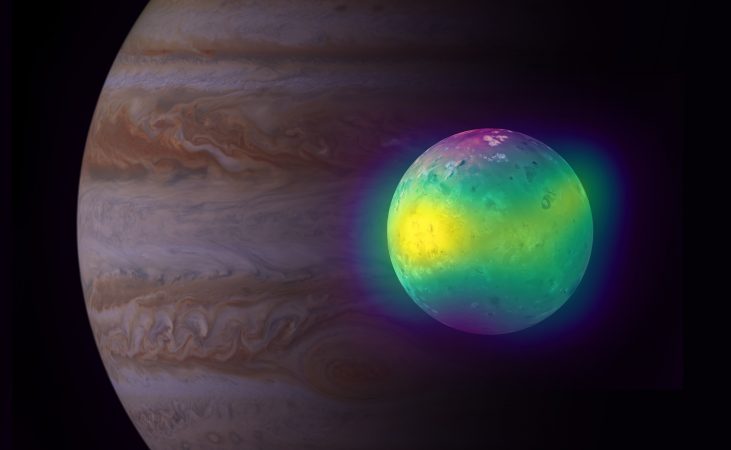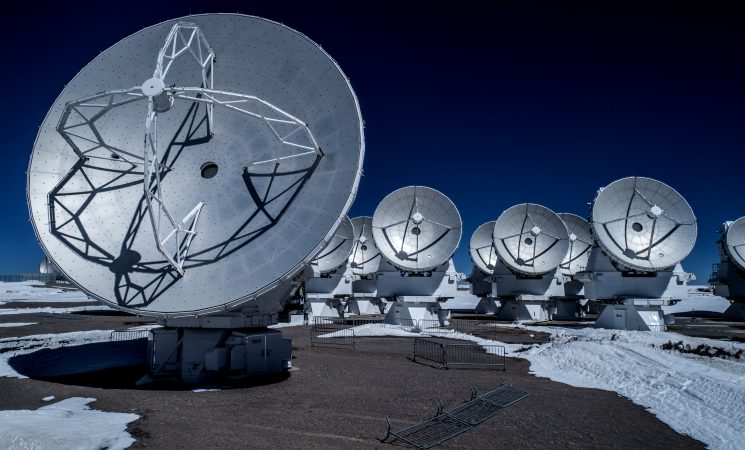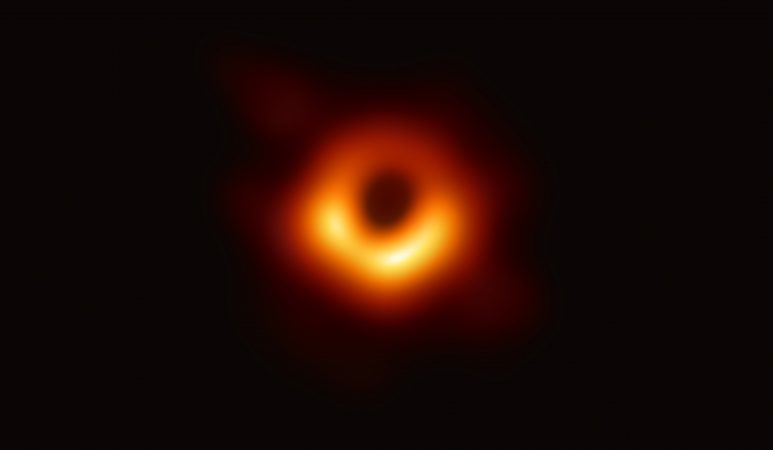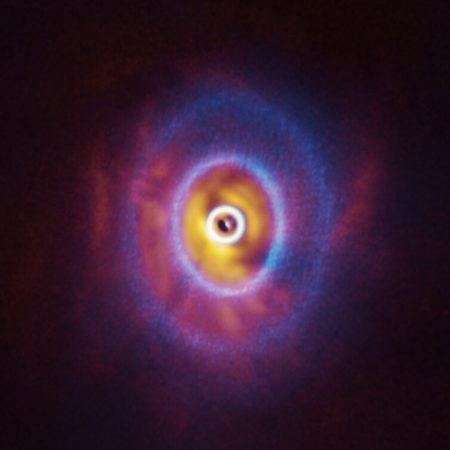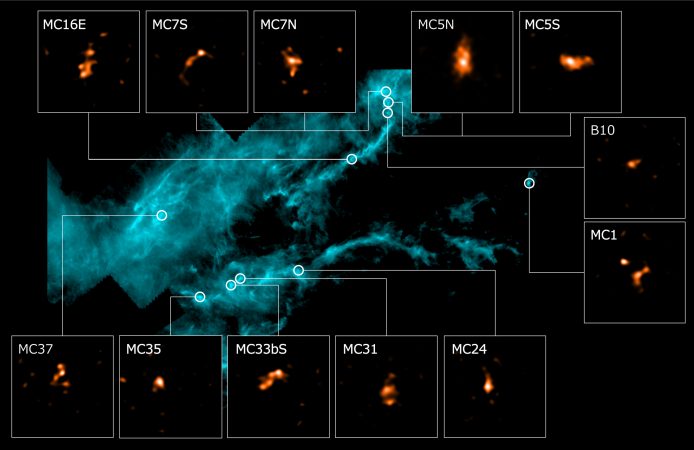Tsukui conducted his research under the supervision of Professor Satoru Iguchi at the National Astronomical Observatory of Japan (NAOJ), when he was a graduate student in Astronomical Science Program of The Graduate University for Advanced Studies, SOKENDAI. He completed his doctoral dissertation titled “Formation and Evolution of Galactic Structures Using Gas and Stellar Kinematics.” After earning his PhD, he has been working as a researcher at the Australian National University and Tohoku University.

Tsukui’s research mainly focuses on the formation and evolution of galaxies to solve a classic big question of astronomy: “How and when did spiral galaxies form?” In 2021, his team found the most ancient galaxy with a spiral morphology by only 1.4 billion years after the Big Bang, by analyzing data obtained with the Atacama Large Millimeter/submillimeter Array (ALMA) [1]. In 2023, his team also succeeded in measuring seismic waves within the flat disk structure of the ancient spiral galaxy, which is the first detection of a seismic wave phenomenon in the early universe [2].
Tsukui commented, “I am truly honored to receive this prestigious award. My research was based on data from the ALMA telescope, which has unparalleled capabilities worldwide. I would like to express my deepest gratitude to everyone who has been involved in its planning, construction, development, and operation. I am also sincerely grateful to Professor Satoshi Iguchi for his guidance, and to the many people at NAOJ who supported me. Encouraged by this recognition, I will continue to pursue cutting-edge research that I hope others will find exciting.”
The Inoue Research Award for Young Scientists is given by the Inoue Foundation for Science to researchers under the age of 37 who have earned their PhDs in the fields of science, medicine, pharmacy, engineering, agriculture, etc. in the past three years and have submitted excellent doctoral dissertations. The 41th (FY 2024) Inoue Research Award for Young Scientists was presented to 40 researchers. The presentation ceremony took place on February 5, 2024.
[1] ALMA Discovers the Most Ancient Galaxy with Spiral Morphology
https://alma-telescope.jp/en/news/press/spiral-202105.html
[2] A Dancing Ancient Galactic Disk at a Peak of Star Formation
https://alma-telescope.jp/en/news/dancingdisk-202312.html

